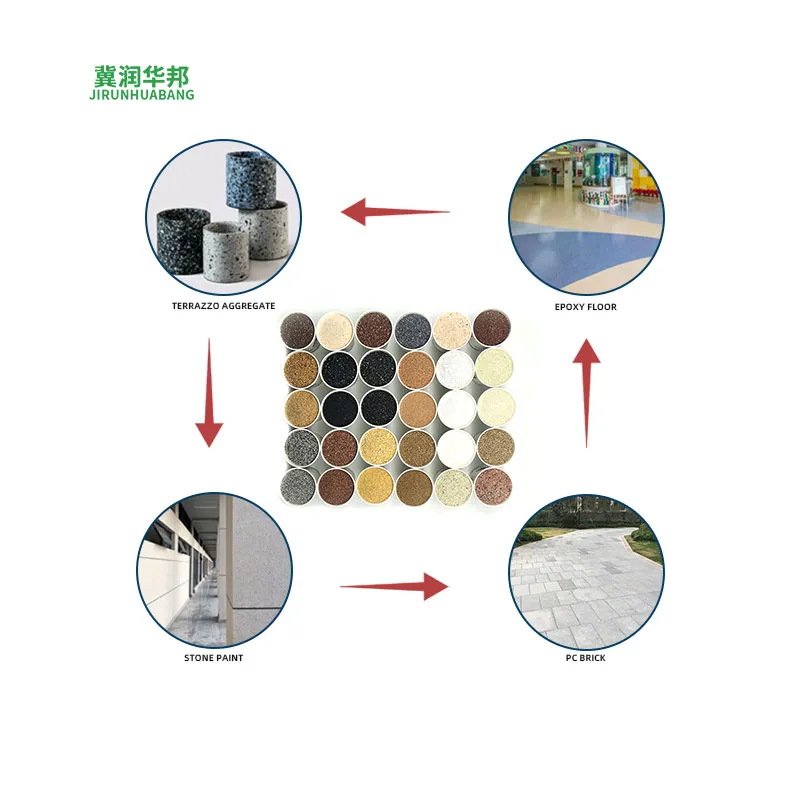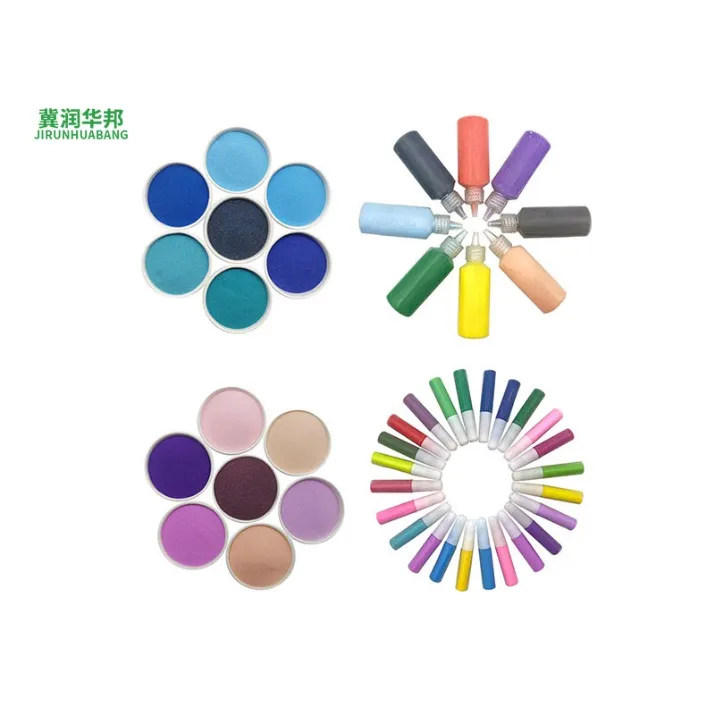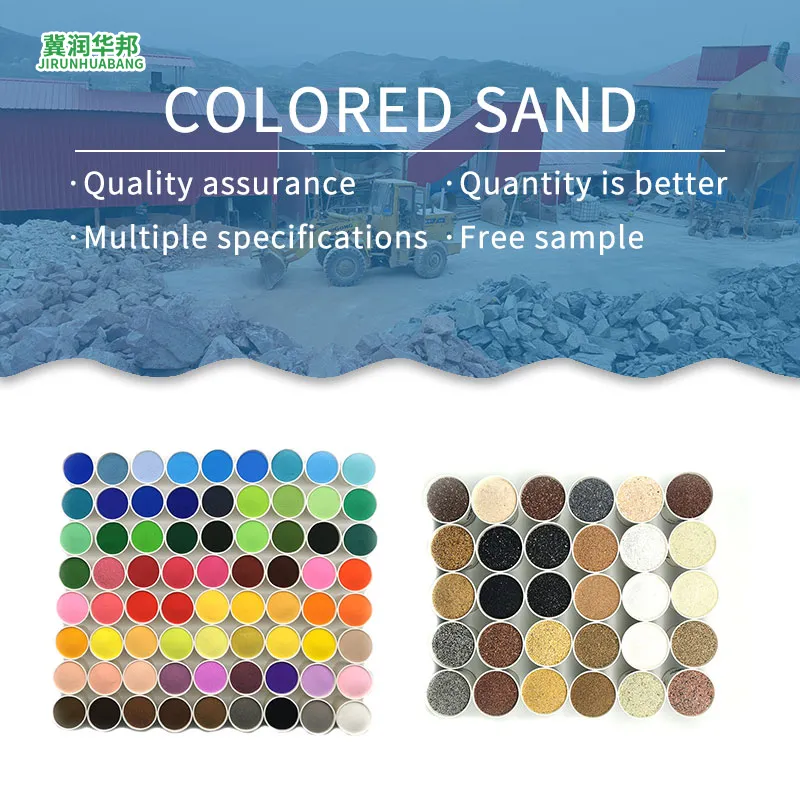The characteristics and importance of color sand
Back to list
Color sand, as a special mineral material, is widely used in multiple fields due to its unique physical and chemical properties, and is of great significance for beautifying the environment and promoting economic development. The main characteristics of colored sand include its diverse colors, good durability, and unique processing properties, which together constitute the importance of colored sand in various industries.

The diversity of color sand is reflected in its rich colors and textures
The color of colored sand for crafts mainly comes from its mineral composition and natural state of particles. Due to differences in mineral deposits, colored sand in different regions presents various colors such as yellow, red, blue, and green. This rich color palette has led to the widespread use of colored sand in fields such as architectural design, landscape beautification, and horticulture, effectively enhancing visual effects and artistic value. For example, many modern buildings often use different colors of colored sand in ground paving and exterior wall decoration to enhance the sense of hierarchy and aesthetics of the space.
The durability of color sand makes it an ideal choice
Colored sand for sandboxes have excellent wear resistance and weathering resistance, which can withstand harsh weather conditions and prolonged use. This is particularly important for horticulture and landscaping engineering, as the products used in outdoor environments need to maintain a long service life to avoid economic losses caused by frequent replacement. In addition, the chemical stability of colored sand also makes it widely adopted in environmentally friendly buildings and sustainable development projects, as it has almost no negative impact on the ecological environment.

The processing performance of color sand cannot be ignored
Coloredsand is easy to combine with other materials such as cement, resin, etc. to form composite materials. This processing characteristic makes colored sand widely used in industries such as building materials, coatings, and plastics. In these applications, color sand can not only provide the required pigments, but also enhance the strength and durability of the materials. For example, in the coating industry, color sand can be used as a carrier for pigments, and the composition and particle size of color sand can be adjusted to meet the needs of different products.

In summary, colorsand plays an increasingly important role in modern society due to its colorful appearance, excellent durability, and good processing characteristics. Whether in environmental beautification, architectural decoration, or the development of building materials, colored sand demonstrates its unique and irreplaceable value. Therefore, in-depth research on the properties and applications of colored sand will help promote the development of related industries and contribute to building a more beautiful and sustainable future.
